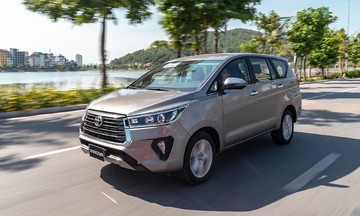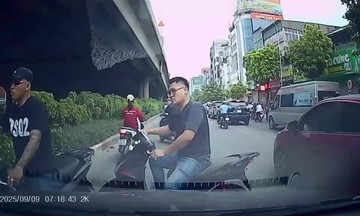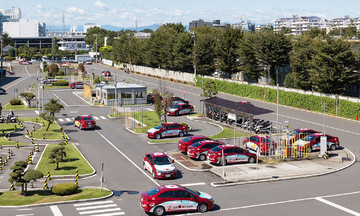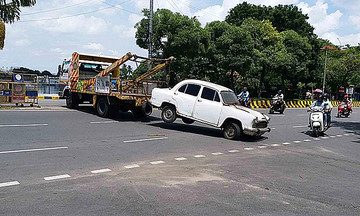Car chases are among the most dramatic, dangerous, and divisive moments in American law enforcement. Often broadcast live, these pursuits, behind the flashing lights, blaring sirens, and high speeds, involve officers making life-altering decisions in mere seconds.
For years, US media has documented countless police chases resulting in property damage, injuries, or worse. Carscoops recently sought to understand how officers behind the wheel truly feel about these pursuits.
The publication interviewed several law enforcement professionals about pursuit policies, risks, and why suspects flee in the first place. Their responses provided rarely seen perspectives.
Balancing risks on the road
Most officers acknowledged the inherent dangers of pursuits. However, they often emphasized the importance of pursuit in law enforcement. One former officer summarized it as, “Going 90 km/h through a neighborhood at 6 p.m. for a parking ticket probably isn't worth it. Going 110 km/h on the highway for aggravated assault probably is. There will never be a clear-cut answer.”
For many, the question isn't whether to pursue, but how to end a pursuit. Officers pointed to tools like spike strips, PIT maneuvers, grappler devices, and GPS trackers as ways to shorten pursuits, avoiding the hours-long highway chases of the 1990s that still plague some areas.
Another officer stated, “If an agency trusts its officers with a badge and a gun, the power to take someone's freedom and even their life, they should also trust them to make informed, educated, and appropriate risk assessments in pursuits.”
The question of fairness
Not all arguments about pursuit policy are tactical. Some are philosophical. Officers repeatedly stressed that restricting pursuits creates a two-tiered justice system.
“When you stop pursuing those who run, you're only policing the people who are decent enough to stop. The ones who know they can run without consequence are precisely the ones we should be apprehending.”
Others noted that minor infractions often lead to more serious discoveries. One officer recalled stopping a driver for improper plates, which turned into a pursuit, uncovering a stolen gun, drugs, and a child in the car. Another recalled a driver who rolled their car multiple times, only to discover their sole offense was never having a driver’s license.
Different policies for different states
With approximately 18,000 law enforcement agencies in the US, pursuit regulations are inconsistent. Some agencies allow officer discretion, others forbid pursuits except for violent felonies, and rural police departments sometimes pursue almost anyone who flees. One rural officer noted suspects are "more likely to hit a cow than another car". Another noted the awkward reality of pursuits near state lines, where jurisdiction handoffs can derail the chase.
Some officers worry about the direction of policy trends. “I think we'll all be prohibited from vehicle pursuits at some point, or severely restricted. The only viable solution is a hybrid policy – allowing pursuits, but with good supervisors making case-by-case decisions.”
The thrill, the terror, and sometimes, the tragedy
Despite the policy talk, the emotional burden of pursuits was evident. A 20-year veteran admitted, “When I was new, I loved them. Later, I dreaded them. They are some of the most exciting and engaging parts of the job, but also some of the most dangerous and stressful.”
Another said, “I was involved in a pursuit that ended with serious injury to an innocent woman and her children, and the death of the fleeing suspect. The pursuit was initiated for a traffic violation. Suffice it to say, I understand restrictive policies.”
Conclusion
Speak to 10 officers, and you'll get 10 perspectives. Yet, some common threads emerge. Suspects often flee for more than a broken taillight. The risks are real and can't be ignored. And while some agencies push for strict limits, many officers believe if criminals know there’s no chance of pursuit, more will run, and more victims will be left in their wake.
High-speed chases may look like adrenaline-fueled action from the outside, but for the officers inside, they are moments of judgment, balancing justice and danger in ways most civilians will never fully grasp. Many agencies advise officers to limit high-speed pursuits, but from inside the patrol car, it’s never that simple.
My Anh











